For Education Leaders
Get proven strategies and expert analysis from the host of the Learning Can't Wait podcast, delivered straight to your inbox.
Virtual Resource Rooms
Compliant IEP Support Without Staffing Headaches
- Certified SPED teachers for every goal
- Seamless schedule integration & progress dashboards
- Real-time data for reviews & compliance
9 IEP Examples for Teachers, Admins & Parents: Real Docs

Individualized Education Programs (IEPs) secure the rights of children with different disabilities to free adequate public education (FAPE) as established by federal laws. While there are general rules and guidelines that need to be strictly followed when writing a special education document, IEP examples are diverse in their goals, provisions, and accommodations in order to fit the specific needs of students with a wide range of health conditions that impact education. IEP documents need to be prepared by a team of special ed professionals and caregivers in order to address the unique requirements of the child and need to be reviewed at least once annually to remain relevant and effective.
If your district is struggling with filling special education teacher vacancies, you can check out Fullmind IEP Support and Resource Room services. We can place state-certified, highly qualified K-12 SPED teachers to deliver instruction tailored to the needs of each student via virtual resource rooms. Matching takes up to two weeks, and services are available nationally.
9 IEP Examples from Across the US
An IEP document remains a rather abstract concept before you see a few real-life IEP examples developed for actual children.
To give you a better idea of how an IEP document looks like and what kind of information goes into it, following are a few concrete examples from around the US, covering different disabilities, grade levels, and cases:
IEP Example 1: Kindergarten Student with Autism from Texas
Bruce is a 6-year-old boy attending kindergarten at Central Elementary School located in a school district in Texas. He has Autism Spectrum Disorder which qualifies the child for an IEP. Bruce’s IEP document outlines his strengths and weaknesses, the special considerations that he requires, the annual goals and objectives to achieve during the academic year, his participation in the state and district assessment program, and the necessary accommodations, services, supports, and aids, among other details.
You can find the IEP example here.
IEP Example 2: Grade 5 Student with Specific Learning Disability from Arkansas
Marsha is an 11-year-old girl attending grade 5 at Central Elementary School in a school district in Arkansas. She has a Specific Learning Disability in Basic Reading and with Visual Impairment. Marsha’s disability is adversely affecting her ability to read grade-level text independently and fluently, which necessitates an IEP for Marsha to receive access to adequate instruction and accommodations aligned with her specific needs. The IEP document specifies all the necessary information.
You can find the IEP example here.
IEP Example 3: Grade 8 Student with Specific Learning Disability from Missouri
Clara is a 15-year-old girl attending grade 8 in a public school in a district in Missouri. She has a Specific Learning Disability in Basic Reading Skills, Reading Comprehension, Written Expression, and Math Calculation. Clara’s disability is negatively impacting her participation in these four academic areas. Clara’s special education document has been prepared by a team comprising her general education teacher, an individual to interpret instructional implications of evaluation results, a local education agency (LEA) representative, her parents, her special education teacher, and Clara herself.
You can find the IEP example here.
IEP Example 4: Grade 9 Student with ADHD from Virginia
Julian is a 14-year-old boy attending grade 9 in a public school in Barlow School District in Edison Township, VA. He has ADHD which qualifies for an IEP under the category of Other Health Impairment. As a result of his disability, Julian is functioning below his chronological age in the areas of Academic Ability, Language Development, Receptive Development, and Pragmatic/Social Speech Development. His IEP document specifies the services and accommodations that will help Julian improve his performance at school.
You can find the IEP example here.
IEP Example 5: Grade 9 Student with Emotional Behavioral Disability from Washington
This is a 15-year-old girl attending grade 9 in a public school in Washington. She has Emotional Behavioral Disability which gives her the right to an IEP under the IDEA category of Emotional Disturbance. The Individualized Education Program plan has been prepared by a team including a family therapist, a general education teacher, the student’s parent, a psychologist, and a special education teacher.
You can find the IEP example here.
IEP Example 6: Grade 9 Student with Specific Learning Disability from Mississippi
Carlton is a 15-year-old boy attending grade 9 at Central High School in a school district in Mississippi. He has a Specific Learning Disability in the areas of Basic Reading, Reading Comprehension, Reading Fluency, and Written Expression that adversely impacts his performance in general education. Carlton’s special education plan has been prepared by an IEP committee consisting of an LEA representative, a general education teacher, his mother, a special education teacher, and the student himself.
You can find the IEP example here.
IEP Example 7: Grade 11 Student with Other Health Impairment from Arizona
Kyra is a 16-year-old girl attending grade 11 in a public school in a district in Arizona. She has ADHD and Other Health Impairment Social and Emotional Challenges. Kyra’s IEP includes a detailed evaluation of her present levels of academic and functional performance (PLAAFP), special factor considerations, measurable annual goals, short-term objectives, instruction and assessment accommodations, participation in state and district assessments, supplementary program modifications and supports, participation in regular class and extracurricular and non-academic activities, and transition services.
You can find the IEP example here.
IEP Example 8: Grade 11 Student with Specific Learning Disability from Pennsylvania
Eric is a 17-year-old boy attending grade 11 in a school district in Pennsylvania. He has a Specific Learning Disability in Reading and Written Language that is causing his reading skills to remain below grade level. Eric is enrolled in the career and technology (CTE) program for Auto Body Repair. Eric’s IEP has been prepared by a comprehensive team including his parents, Eric himself, his regular education teacher, his special education teacher, an LEA representative, a CTE Program representative, and an assistive technology consultant.
You can find the IEP example here.
IEP Example 9: Grade 12 Student with Down Syndrome from Missouri with Focus on Transition Services
Student A is a 17-year-old student attending grade 12 at her neighborhood high school in a school district in Missouri. She has Down Syndrome which qualifies the student for an IEP under the category of Intellectual Disability. The child is on track to graduate at the end of the school year by fulfilling the credits required to obtain a high-school diploma. She is interested in obtaining a health-care related job as well as in going to college. Student A’s IEP plan focuses on transition services including postsecondary independent living.
You can find the IEP example here.
What Goes Into an IEP Example
There is no official IEP form provided by the U.S. Department of Education that districts and schools need to follow when preparing personalized plans for their students. Nevertheless, the Individuals with Disabilities Education Act (IDEA) specifies the exact information that needs to go into every IEP document in order to serve disabled children in the most efficient and productive way.
Following are the must-have sections and details that each IEP example needs to cover:
Student Information
Each IEP document starts with relevant personal, health, and academic information pertaining to the student. This includes:
- Name
- Address and phone number
- Date of birth
- Age
- Student ID
- School and school district
- Primary language and communication modes
- Parents/legal guardians’ information
- Disability
This information aims to identify and describe the student so that the assessment can be conducted based on their grade level and the IEP content, instruction, and accommodations can correspond to the specific profile of the child.
Present Level of Educational Performance (PLEP)
The second obligatory section of an IEP example is typically titled Present Level of Academic Achievement and Functional Performance (PLAAFP). This section is crucially important as it explains the child’s academic and/or functional skills and how their disability impacts specific areas of performance in the grade-level general education curriculum.
This segment should include a summary of an academic and socio-emotional evaluation of the student. It should comment on achievements in relevant areas, such as Reading, Writing, Math, and others. Most IEP examples explicitly discuss the student’s strengths and needs in relation to their disability.
The information provided here should be based on formal assessments, teacher feedback, parent observation, and other methods. It is usually a couple of pages long and is used as the basis for writing the rest of the IEP document.
Measurable Annual Goals
Next, the IEP plan should establish a statement of measurable annual goals, including both academic and functional goals. According to IDEA, these goals need to meet the child’s needs resulting from their disability to enable them to be involved in and make progress in the general education curriculum.
These goals have to follow the SMART principle, being:
- Specific
- Measurable
- Achievable
- Relevant
- Time-bound
They need to cover a 12-month period and should be broken down into short-term objectives.
IEP annual goals are usually organized by academic area, such as Reading, Writing, or Math. A standard IEP document can have an average of between two and ten measurable annual goals, but fewer and more goals are also acceptable if the team deems it necessary. Each goal needs to state what degree of improvement is expected and in what skill exactly.
Method for Measuring and Reporting Progress on Annual Goals
Related to the measurable annual goals, an IEP needs to state the specific method(s) that will be used to measure and report progress on each goal.
Typical progress measuring methods include:
- Classroom assessments
- Work samples
- Data collection
- Reading record
- Portfolios
- Observation chart
- Checklists
- Scoring guides
For each goal, the document should also state how often progress will be measured and reported to the team, including the student’s parents. This is usually done on a quarterly basis.
Statement of Special Education Accommodations and Modifications and Related Services
This section is the core of the IEP document as it lists all the special education program services, accommodations, modifications, and supports that the school needs to provide to the child to help them progress in their education. The special education and related services are determined based on the unique needs of the student in line with their disability and its impact on the education process and outcomes.
This section can cover the following special education and related services:
- Supplementary aids and services
- Parent and school personnel supports
- Program modifications and accommodations
Additional special considerations can include:
- Extended school year (ESY) services
- Language needs
- Communication needs
- Health/medical needs
- Physical needs
- Behavior needs
- Assistive technology needs
- Transition/graduation/transfer of rights
- Transportation services
Some parts of this section require a couple of paragraphs to explain the need, while others are formatted as Yes/No questions with available space to clarify the need.
Participation with Nondisabled Children
This section of the IEP document can be titled differently, but in all cases its main function is to explain the participation of the child in the general education environment with nondisabled peers. Considerations should be guided by the Least Restrictive Environment (LRE) requirement, which stipulates that children with disabilities need to be educated together with children without disabilities to the maximum extent possible and appropriate.
Sub-sections included under this part of the IEP cover:
- Participation in regular education
- Participation in physical education
- Participation in program options, nonacademic, and extracurricular activities
The plan might specify that the child attends some general education classes, special education classes, resource rooms, specialized school, or homebound schooling. The right combination of placement options needs to be selected to provide the best possible outcomes for the student.
Participation in State and District-Wide Assessments
Another obligatory part of the IEP document concerns the participation of the student in standard state and local assessments that apply to their school and grade level.
There are three main options that an IEP can offer in this regard:
- Participation without accommodations
- No participation
- Participation with accommodations
This section of the document needs to specify the reasons for the decision as well as the specific accommodations if any.
Testing accommodations fall into four categories:
- Presentation
- Response
- Setting
- Timing/scheduling
Common examples include but are not limited to larger-print testing materials, using a scribe, quiet testing space, and extended testing time.
Transition Services
Another aspect that an IEP document needs to cover is any transition courses and services that the child needs to receive in order to prepare for life after graduation and to achieve their post-school goals, whether higher education or employment. This section becomes compulsory after the child reaches the age of 14 years but can be included earlier if deemed necessary and appropriate by the IEP team.
The first step in this regard is to set up post-secondary goals that specify what the child would like to do after their transition from high school. The second step is to put together a list of special courses and services that will help achieve these goals. In most cases, the involvement of a transition coordinator is required.
Time and Place Information
Additionally, all IEP examples have clear time and place boundaries covering the following aspects:
- Service initiation, or the beginning date for the accommodations and services provided under the IEP
- Service frequency, for example how many times a week or a month each service will be provided
- Service duration including the length of each session and for long services will be provided
- Service location, or where services will be provided including placement
IEPs are time-sensitive, so it’s important to specify all relevant information related to the time and place.
Additional Information
Besides all the sections listed above, IEP documents also include the following:
- Names and titles/position of the members of the IEP team/committee
- Information about the family status of the child and the role their parents play in their life
- Translation needs if present
- Age of majority which refers to the need to include in the IEP a statement confirming that the the child has been informed of the transfer of rights upon reaching the age of majority at least one year in advance
- Parent consent and signatures
Despite these common requirements in terms of content and provisions, IEP examples are as diverse as it gets. This degree of flexibility is necessary because they are meant to adequately and effectively serve the needs of children with 13 different categories of more and less severe physical and cognitive disabilities that impact their education in various manners and to varying extents.
How to Write an IEP Document Step by Step
Preparing an exemplary IEP requires the involvement of a diverse team of special education professionals and stakeholders and the deployment of a range of methods.
Writing a highly effective IEP document goes through the following steps:
- Define the most relevant IEP team: By law, the IEP team, also sometimes referred to as the IEP committee, needs to include the child’s parents/guardians, at least one general education teacher, at least one special ed teacher, an LEA representative, an evaluation expect (usually a psychologist), a translator (if needed), and the student (if appropriate). Additionally, IEP advocates, private tutors, physicians, related service providers, and family/friends can be invited if this is deemed necessary and beneficial. While it’s important to include all relevant stakeholders, it’s best practice to not inflate the size of the team unnecessarily to make decision-making more feasible.
- Evaluate the current level of performance at school: This step requires gathering extensive information about the academic, behavioral, and socio-emotional performance of the student at school. It’s important to look at all areas that could be potentially impacted by the disability. The goal is to understand in which areas the child performs below grade level and to what extent and in which not. The team needs to look at standardized exam results, formal assessments, classroom assessments, teacher feedback, and work samples.
- Establish measurable annual goals: The next step in writing a good IEP plan is to put collaborative effort into deciding on the yearly goals that make the most sense considering the condition of the student. The child should be actively involved in this part unless there is a strong reason preventing this. These goals should be attainable within the course of 12 months but also make sure that the child has space to make significant progress once they have been offered the necessary accommodations and related services.
- Decide on the most appropriate special education services, accommodations, and supports: Guided by the evaluation specialist and the special education teacher, the team needs to determine the right modifications to the content, instruction, and learning method to enable the student to progress in their education. This decision should be driven by the specific strengths and needs of the child and previous experiences.
- Define participation in general education: Next, the team needs to evaluate whether the student can continue taking part in general education and engaging with nondisabled peers or they need a special placement. The decision should aim to address the requirements of the child in the least disruptive way.
- Determine participation in state and district-level assessment: As part of the IEP process, the team, headed by the general education teacher and the special education teacher, need to make a decision whether the student can sit for regular assessments and if any accommodations are needed.
- Plan for transition: If the child is approaching the age of graduation, an important step in writing an IEP document is agreeing on post-secondary goals and defining the courses and services needed to achieve them.
- Set up time and place details: Finally, once the team has come up with all other necessary information, they need to introduce a timeframe and location(s) for the implementation of the IEP.
After an IEP document has been prepared, it has to be approved and signed by the parents before it can be launched.
10 Tips to Write an Effective IEP
Creating a strong Individualized Education Program document can be challenging even for professionals with years of experience in the field because of the great diversity of disabilities that children can have, the different ways in which they affect their education, and the unique needs that this arises.
Following are 10 proven tips that can help IEP teams write effective documents:
- Start with a detailed assessment of the child’s condition and performance: A good IEP example is based on and reflects the specific state and needs of the student. That’s why it starts with a clear analysis of their disability and the impact it has on the education process and outcomes for the child.
- Set up goals that align with current performance: The annual goals should be tailored to the evaluation of the child and be as specific as possible. General objectives should be avoided.
- Provide accommodations and services that correspond to the needs and goals: The combination of accommodations, aids, supports, and related services that the child receives needs to be designed to address their exact requirements. There is no one-size-fits-all model in this case.
- Do not ignore functional skills: In addition to academic skills, an effective IEP document should also include evaluation of, goals for, and supports for the development of necessary functional skills, such as communication, behavior, and even self-care. Taking care of the socio-emotional needs of the child is as important as taking care of their academic achievements for their progress and success at school and beyond.
- Incorporate feedback and contributions from all IEP team members: All relevant stakeholders should be given voice as they can provide valuable insights into different aspects of the student’s life inside and outside school. While teachers can focus on the more technical segments related to education, parents can speak of the need for behavioral and emotional supports.
- Give voice to the student: Unless there is a strong reason not to, the child should participate throughout the IEP process, and their opinions, preferences, and considerations should be incorporated into the final document. This ensures the student’s ownership and willingness to comply with the provisions of the IEP, which increases efficiency.
- Use clear language free of jargons: Excellent IEP examples are written in a language that all parties can understand, including the parents/guardians and the student. Technical terms should be defined.
- Use numbers as much as possible: A good IEP document uses quantitative language as much as possible. This refers to the evaluation, the current performance, the goals, and the tracking of progress.
- Review the entire document before sign-off: Once the IEP plan has been completed, the team should take a final look at the document in its entirety to ensure that sections flow naturally from one another and that each subsequent part supports the previous ones.
- Track progress and make adjustments: As soon as implementation starts, the relevant members of the IEP team need to start monitoring progress according to the established mechanisms and reporting to the rest of the team. The committee should have periodic meetings to apply any changes if progress is slower than expected.
Applying these 10 principles will ensure a strong IEP document each and every time, no matter how complex and challenging the particular situation might be.
Bottom Line
The 9 IEP examples listed in this article show how different these documents can be as they need to address the specific needs of children with different disabilities and education outcomes. Nevertheless, they all follow the same structure and incorporate the same obligatory sections to ensure a proper IEP process that not only complies with legal regulations but also meets the requirements of disabled students in the most effective way possible.
Is your district looking to fill special ed teacher positions? Fullmind IEP Support and Resource Room services offer state-certified K-12 SPED teachers that are qualified to design and deliver instruction personalized to the unique needs of each child via virtual resource rooms. Matchings take no more than two weeks and are available nationwide.
For Education Leaders
Get proven strategies and expert analysis from the host of the Learning Can't Wait podcast, delivered straight to your inbox.
Let’s Work Together
We’ll review your application and get in touch!

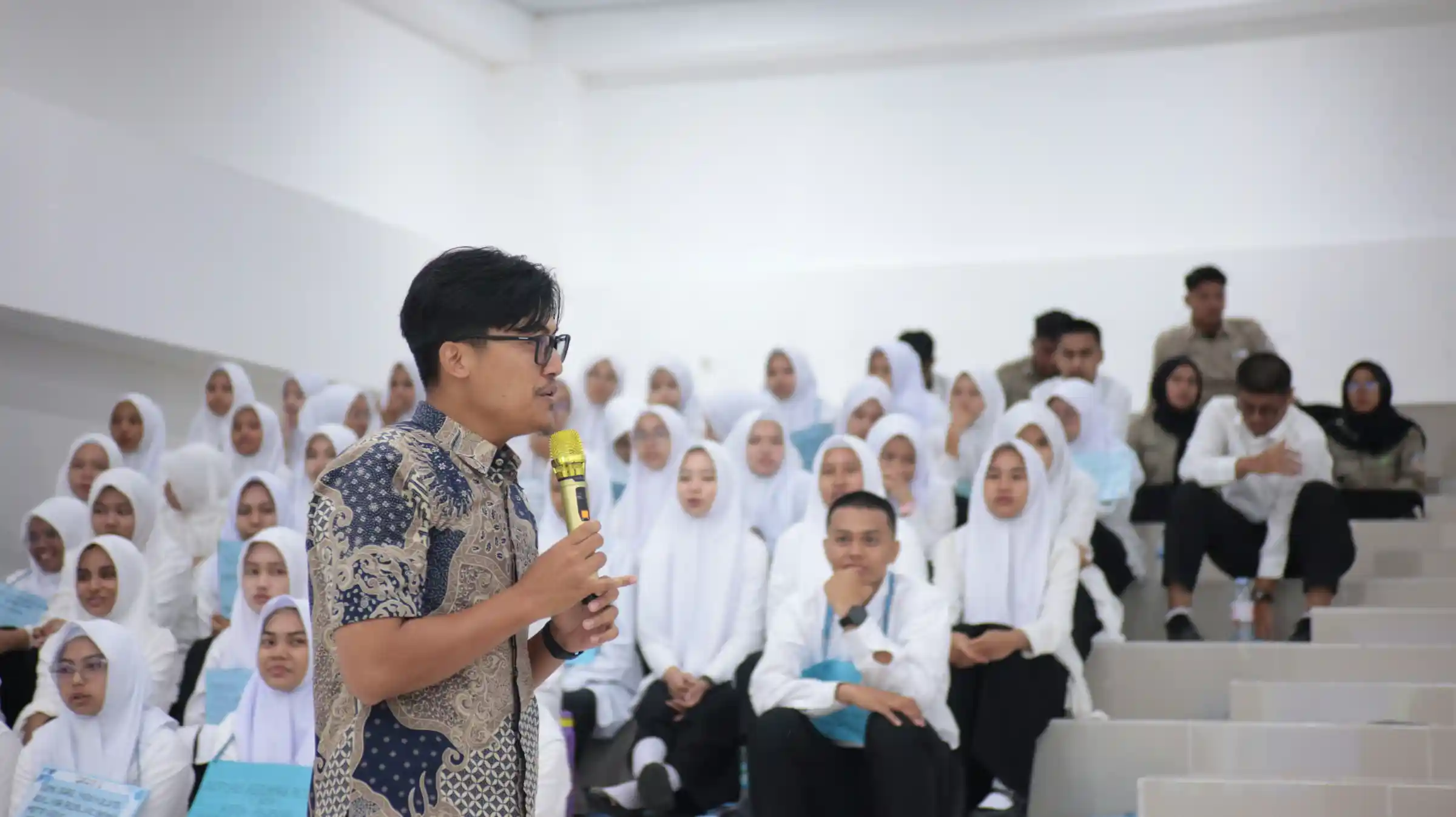

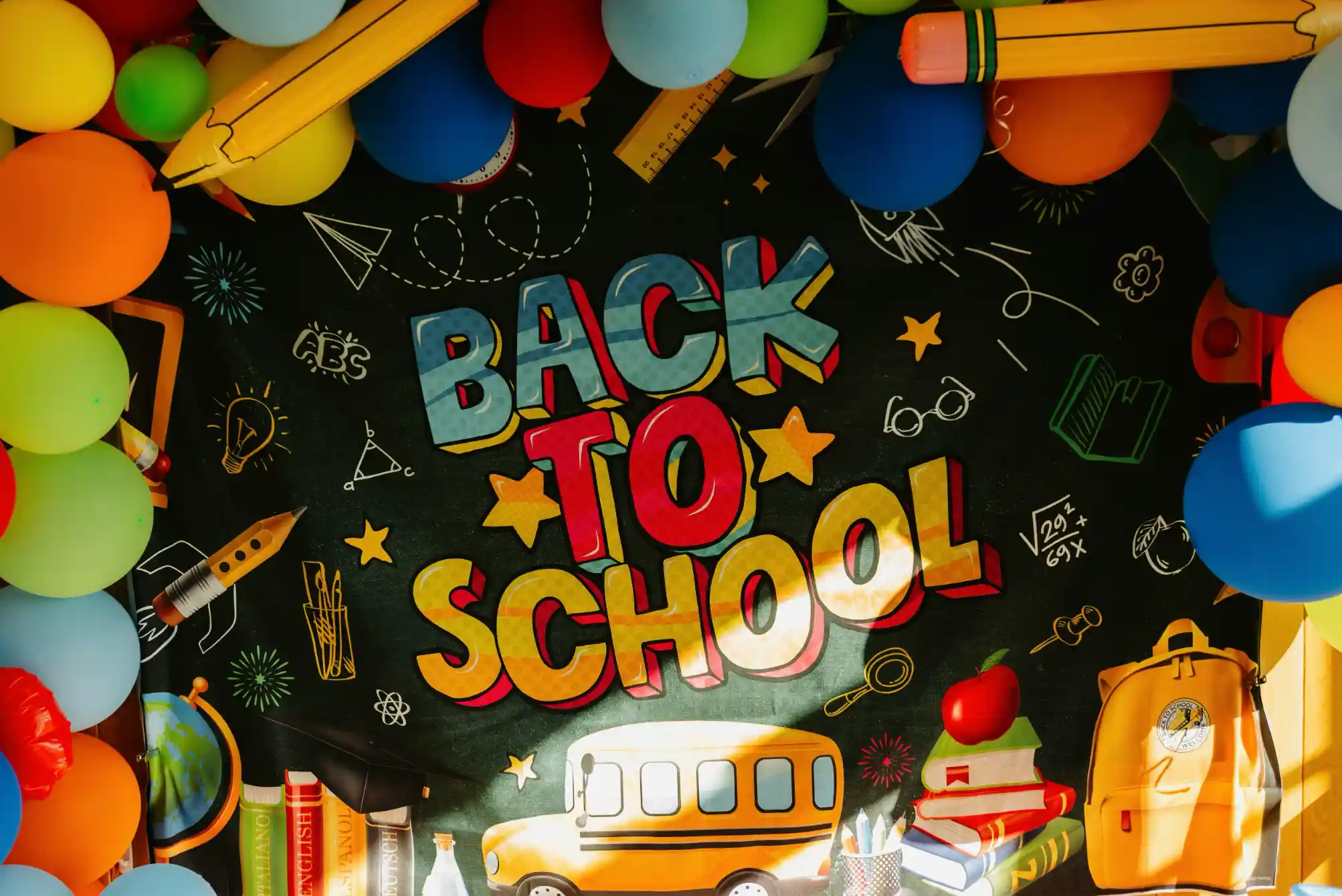
.webp)


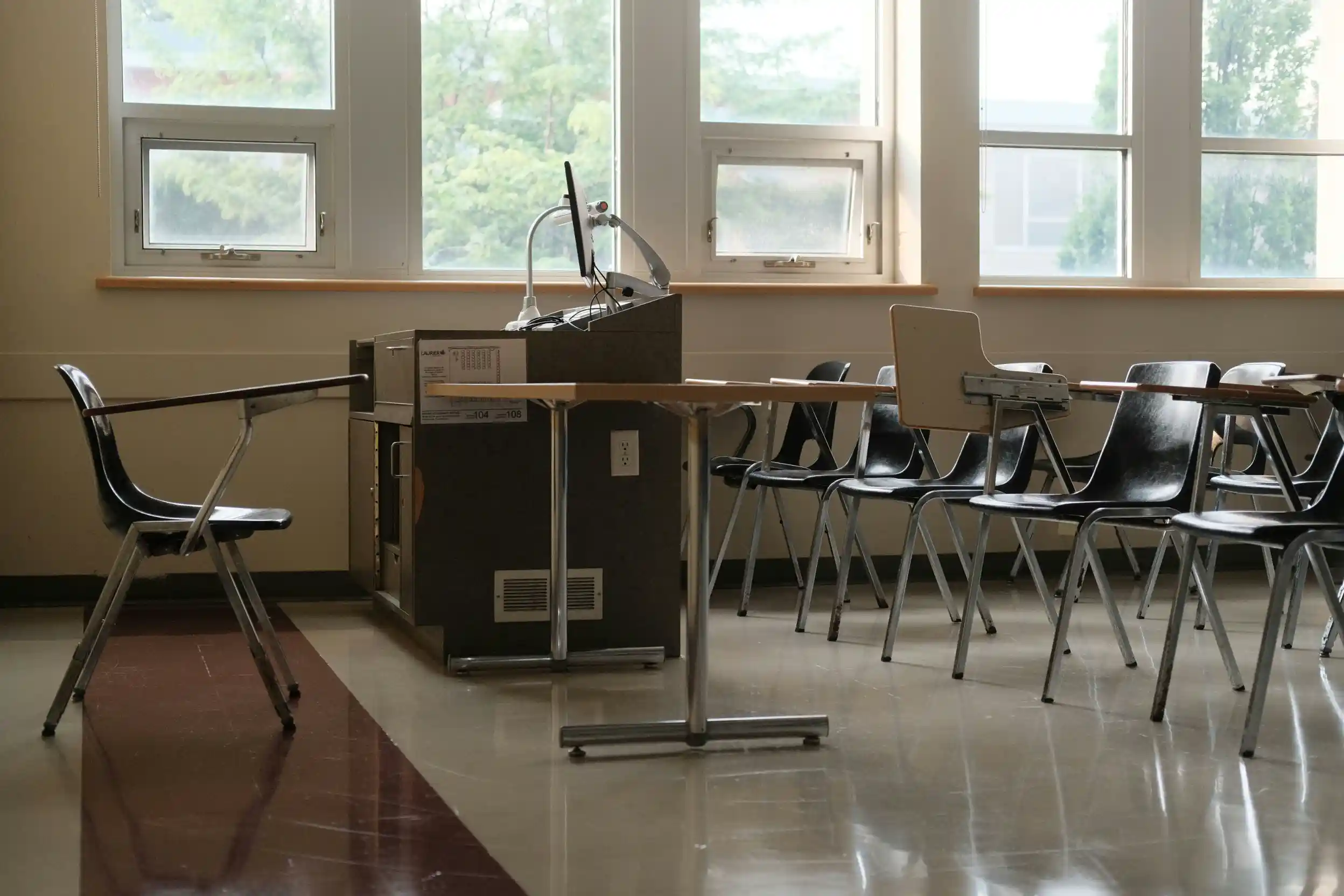

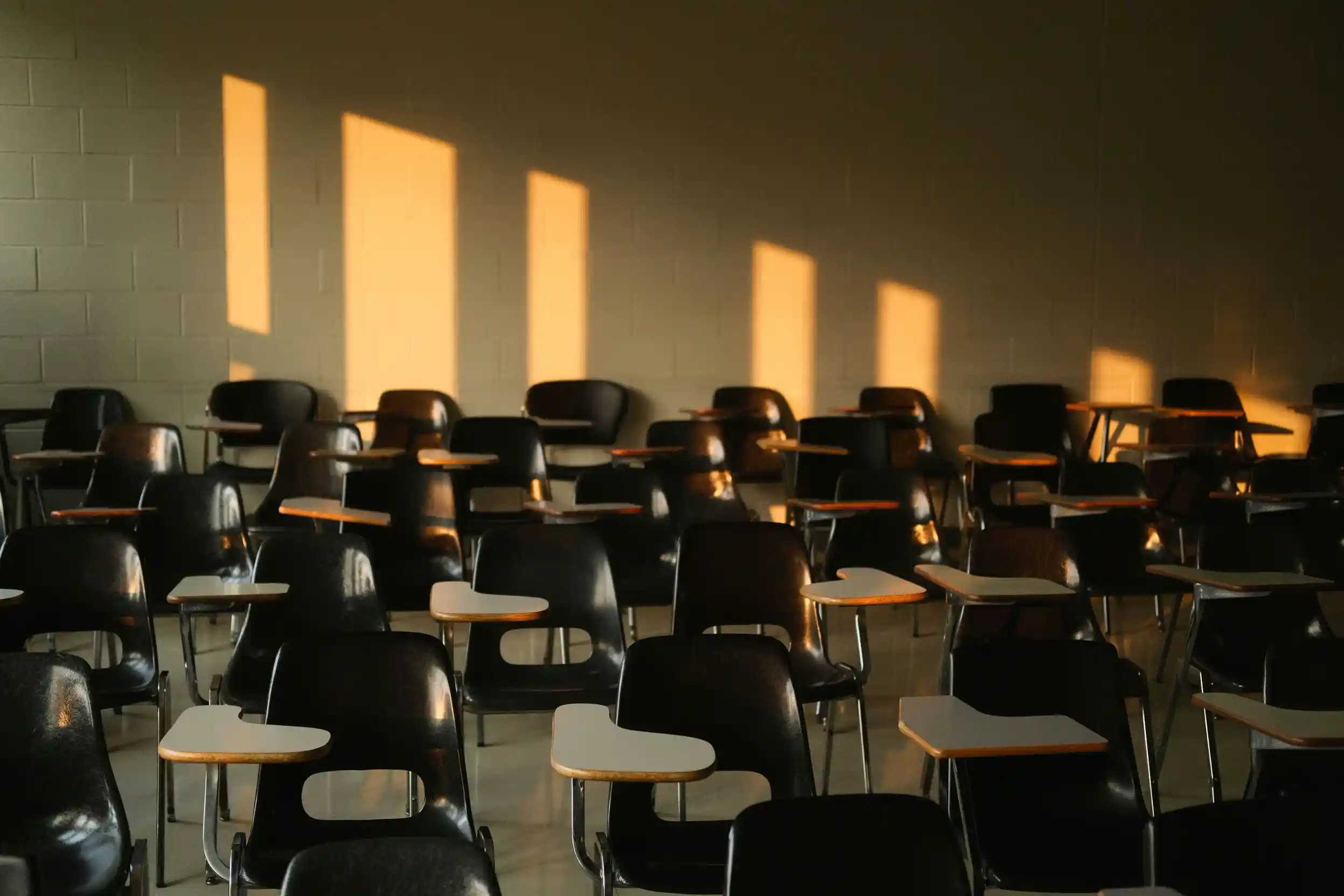

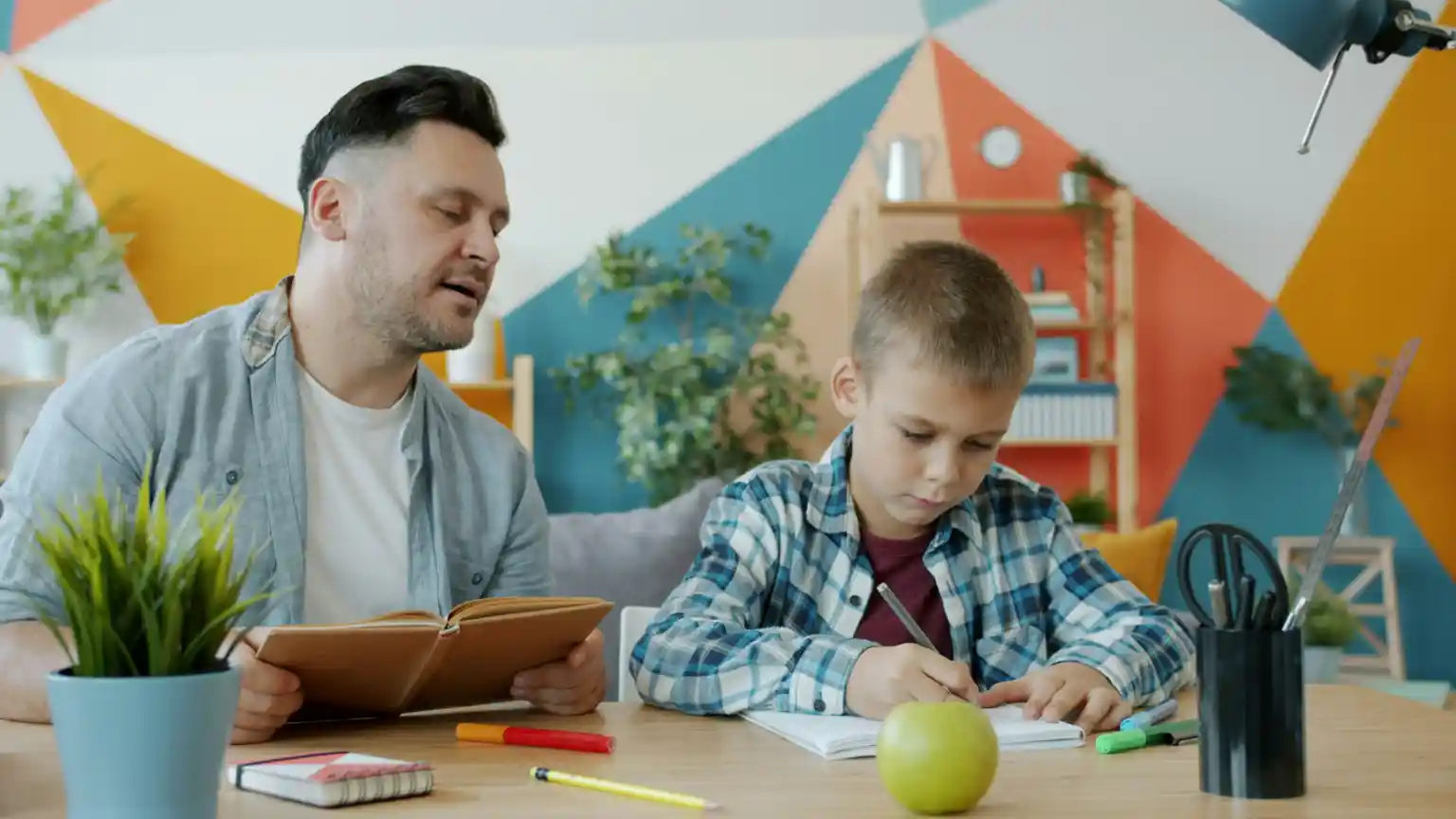




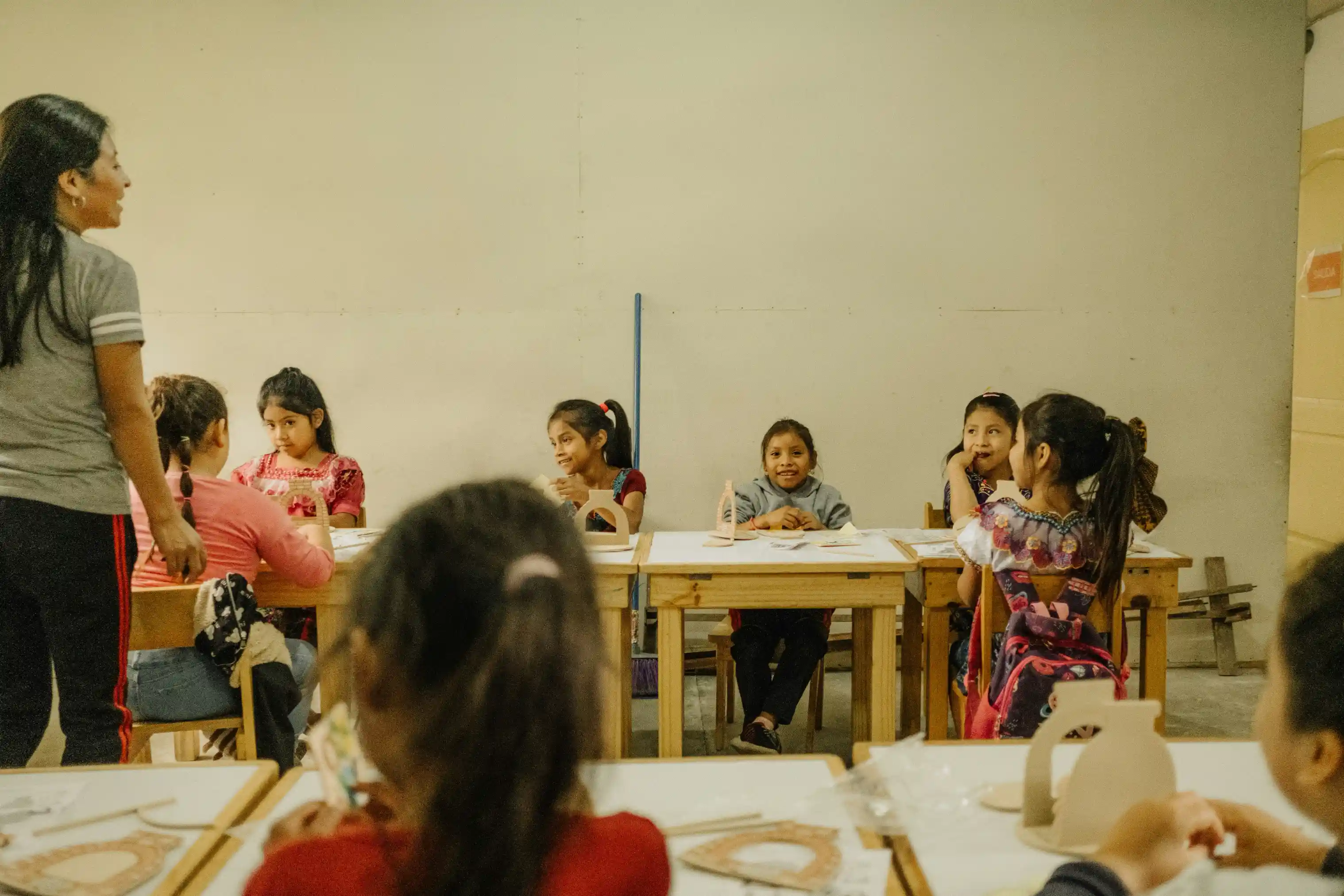

.webp)

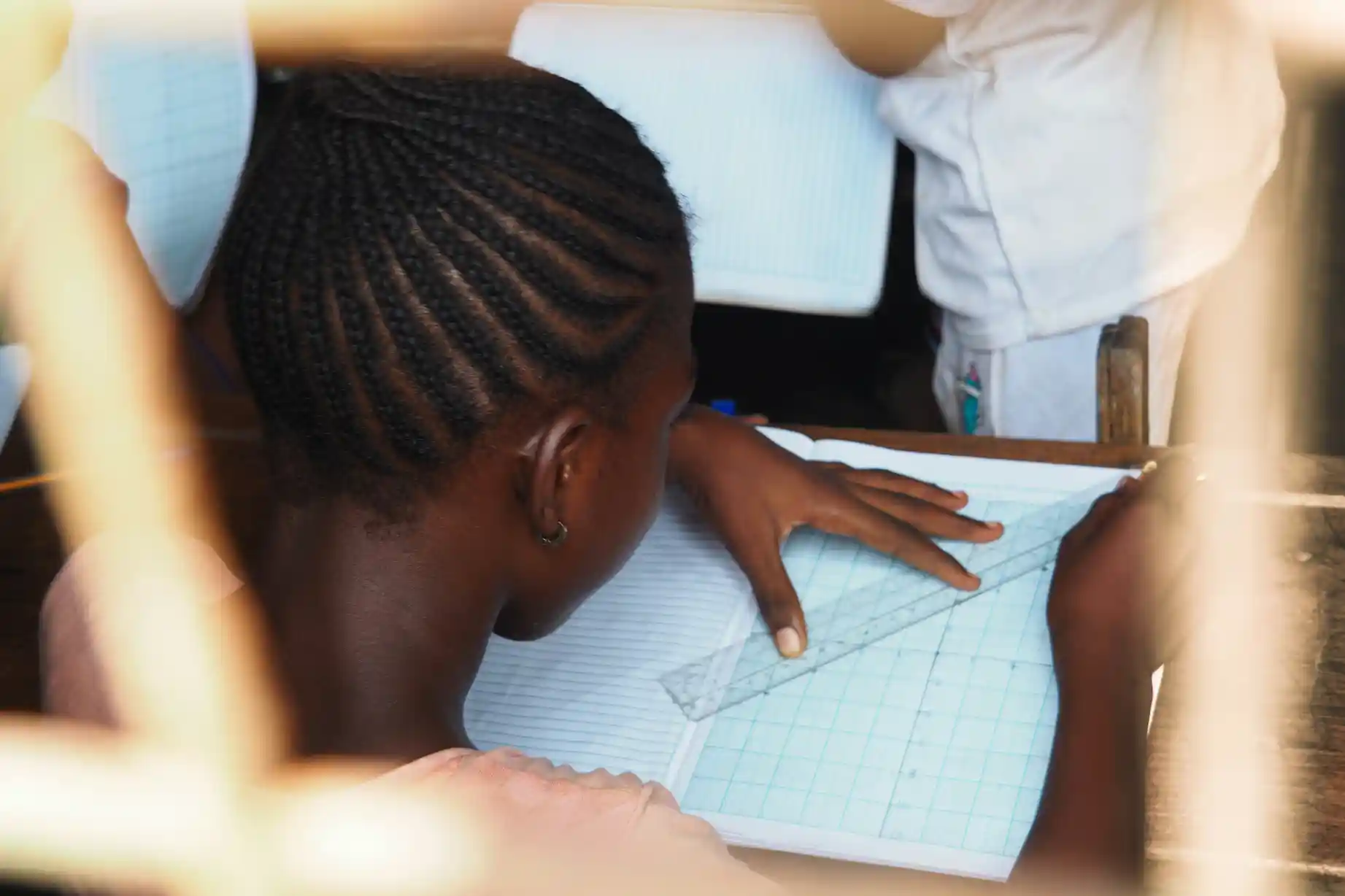



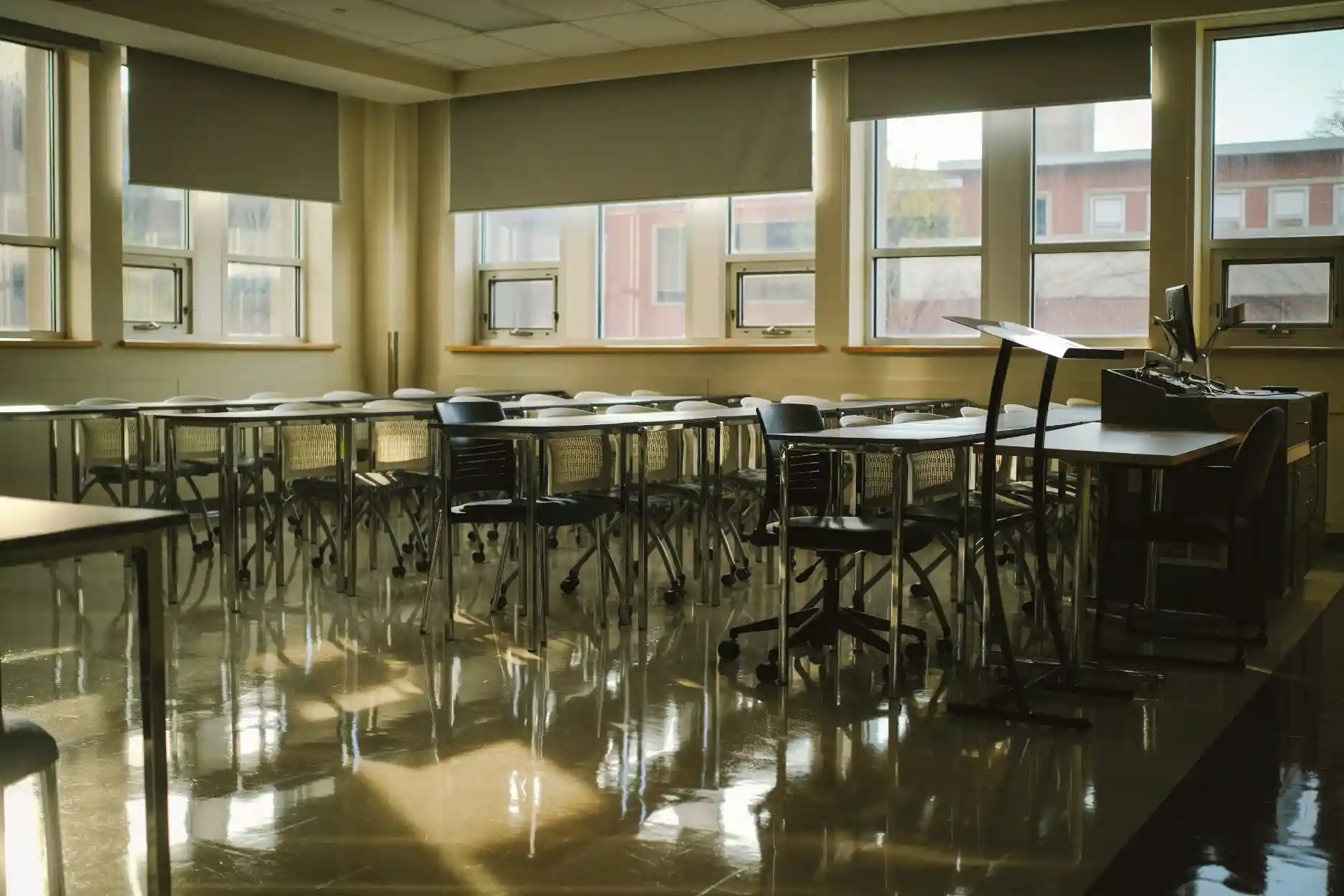









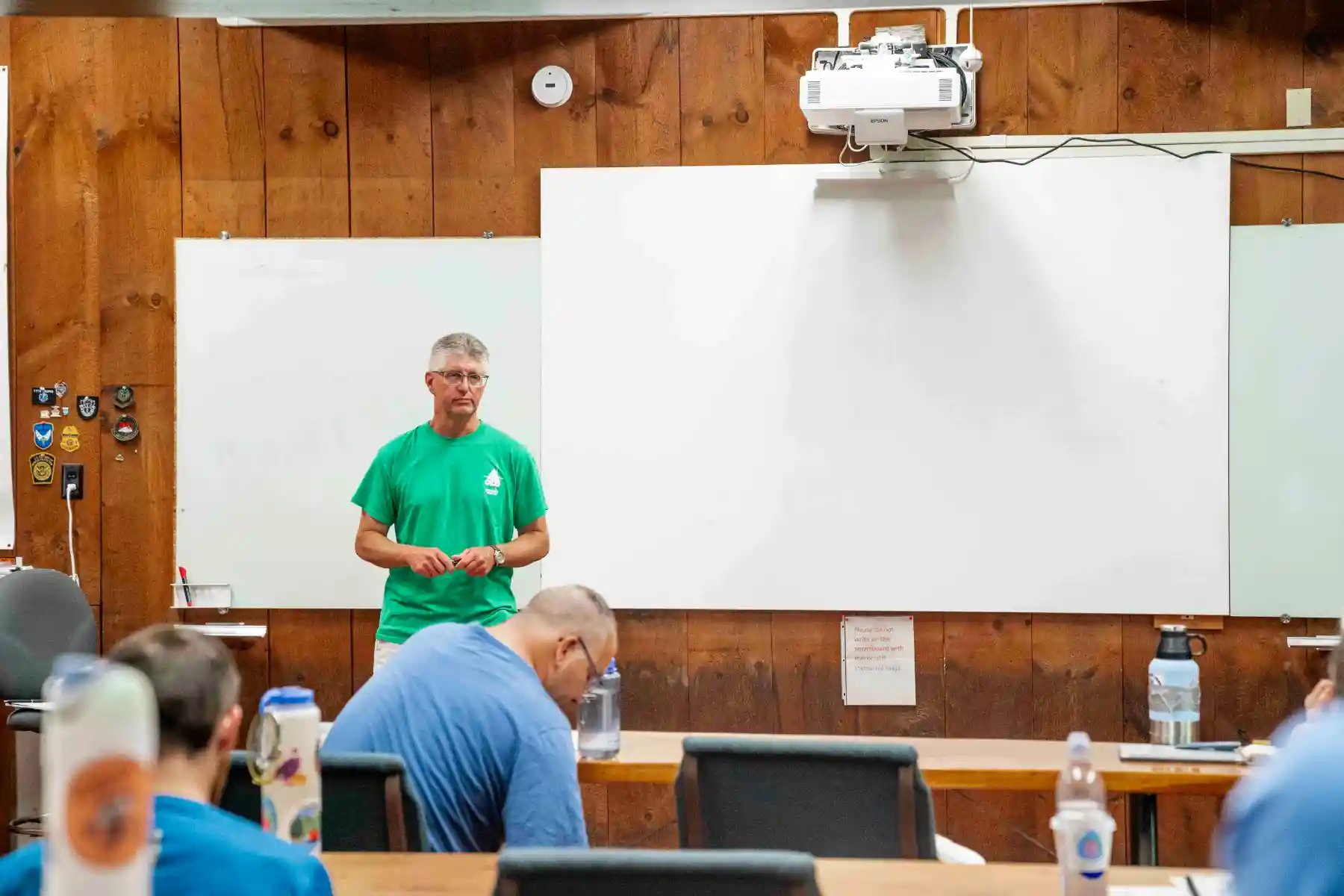




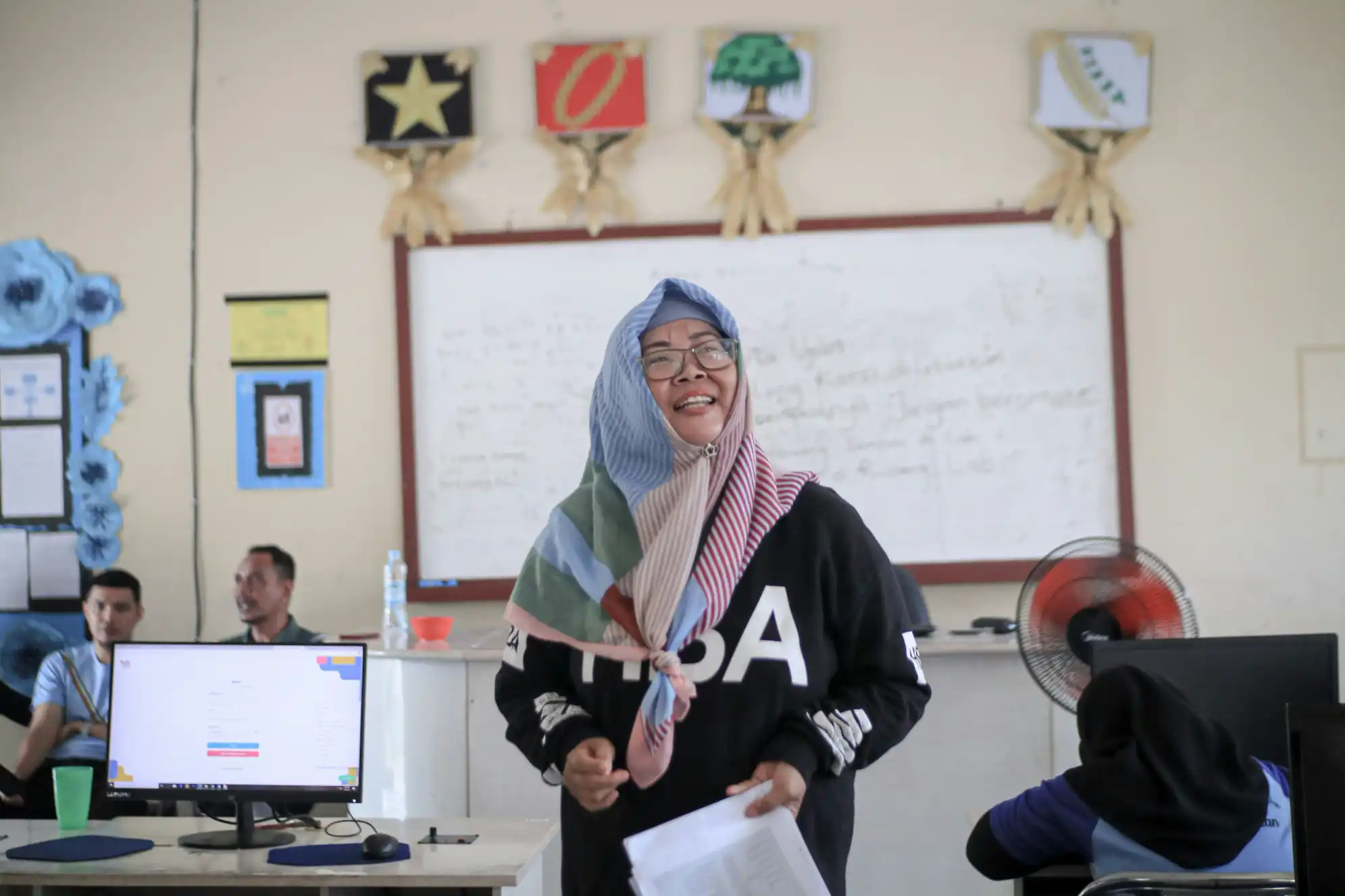

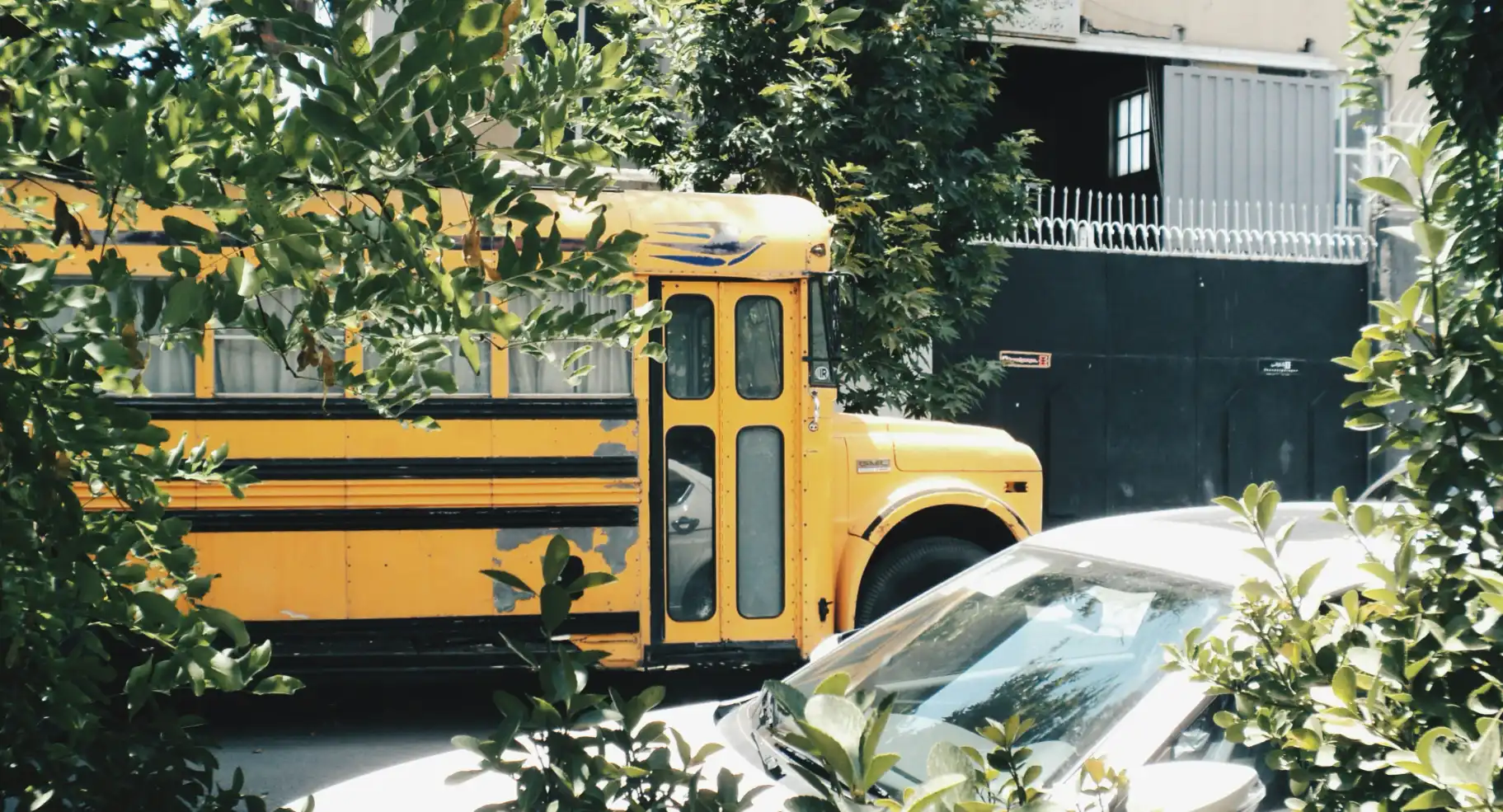



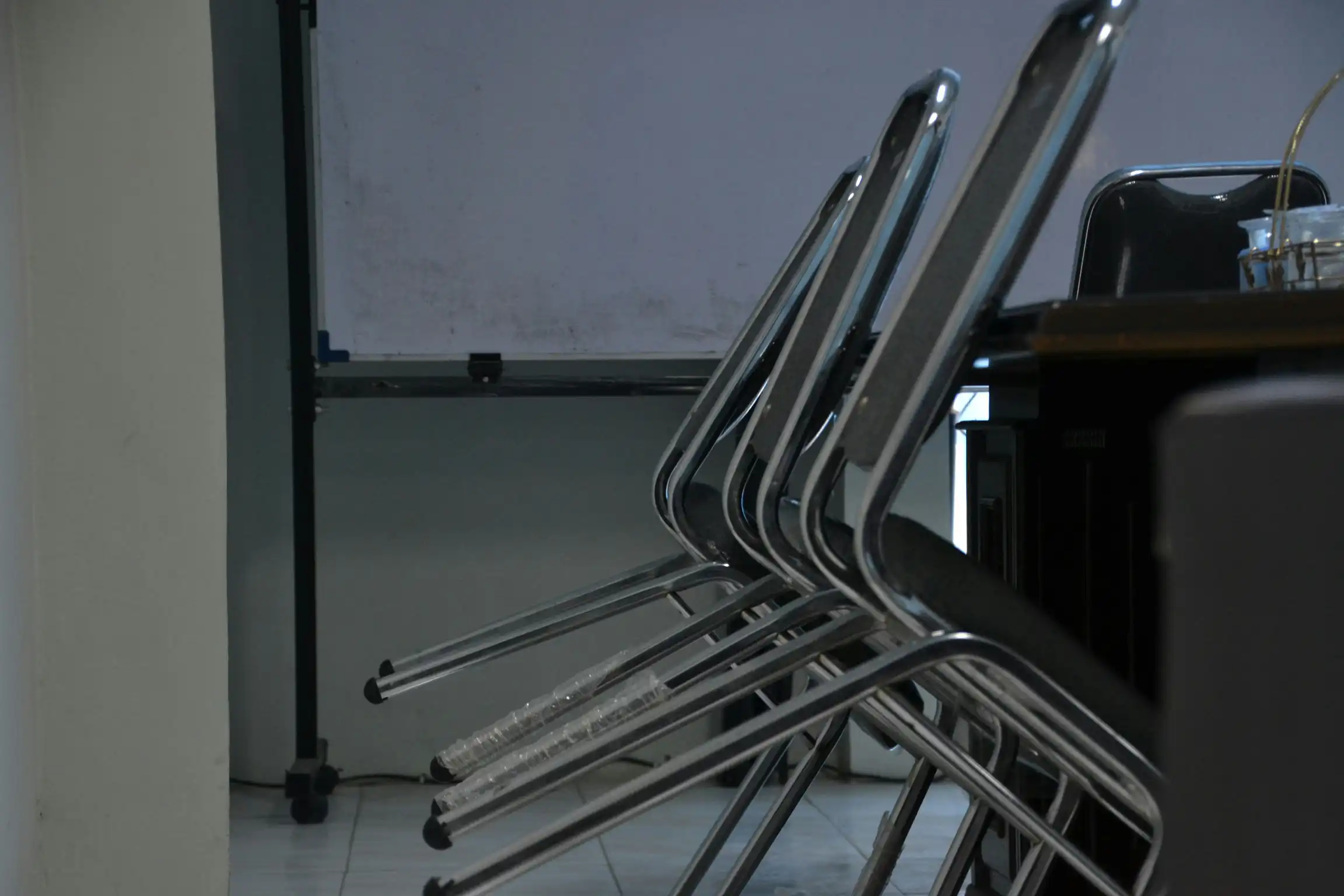
.webp)



%20.webp)


















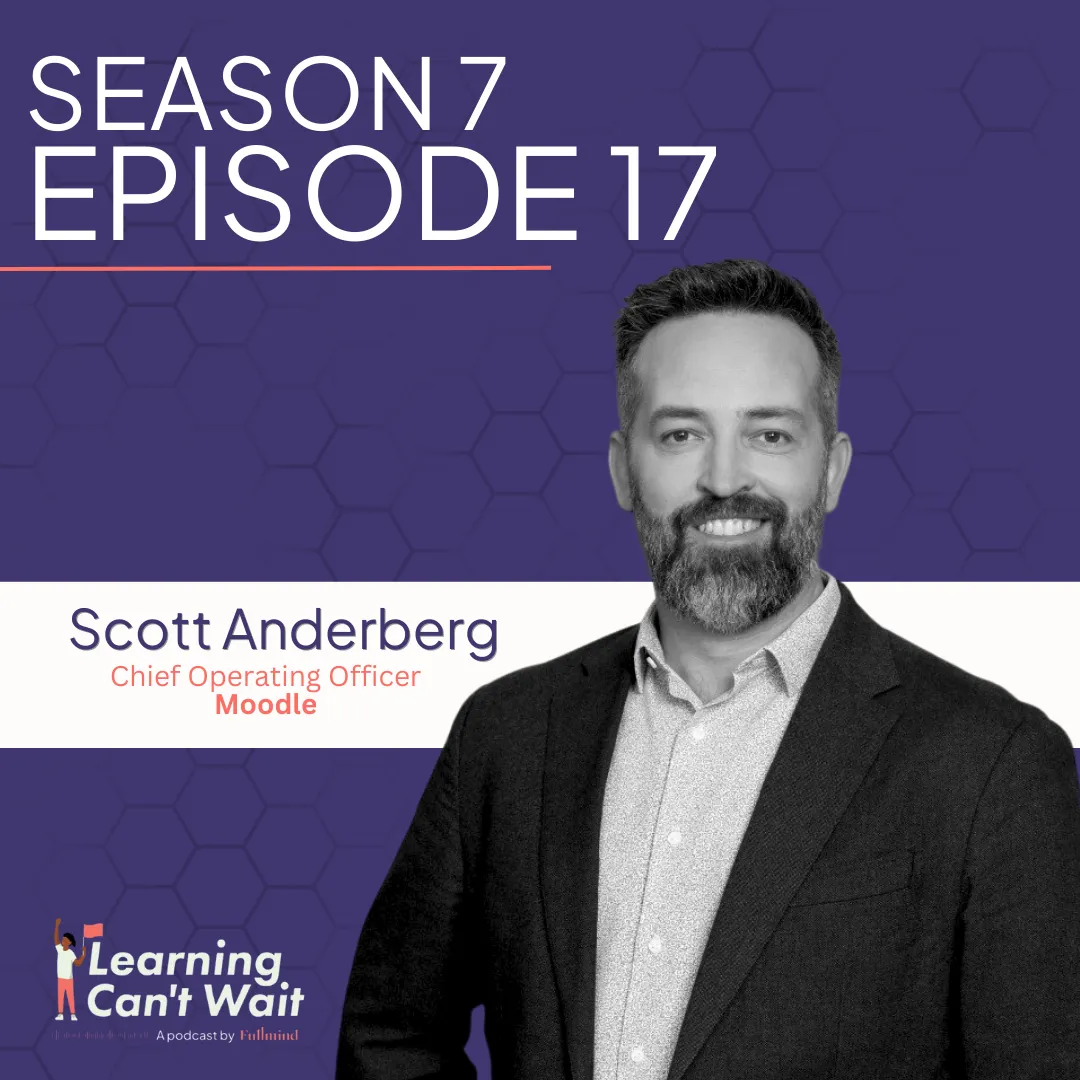
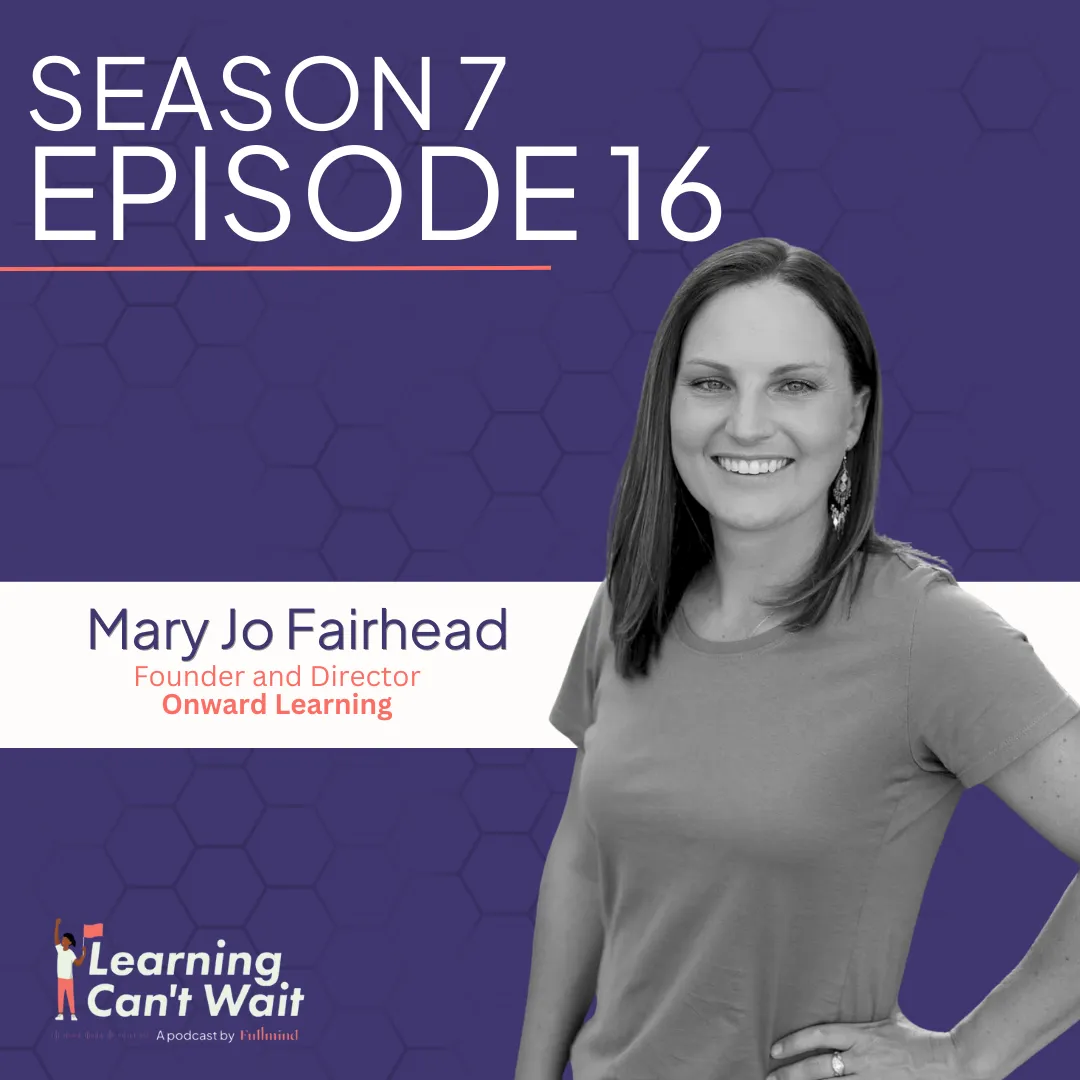
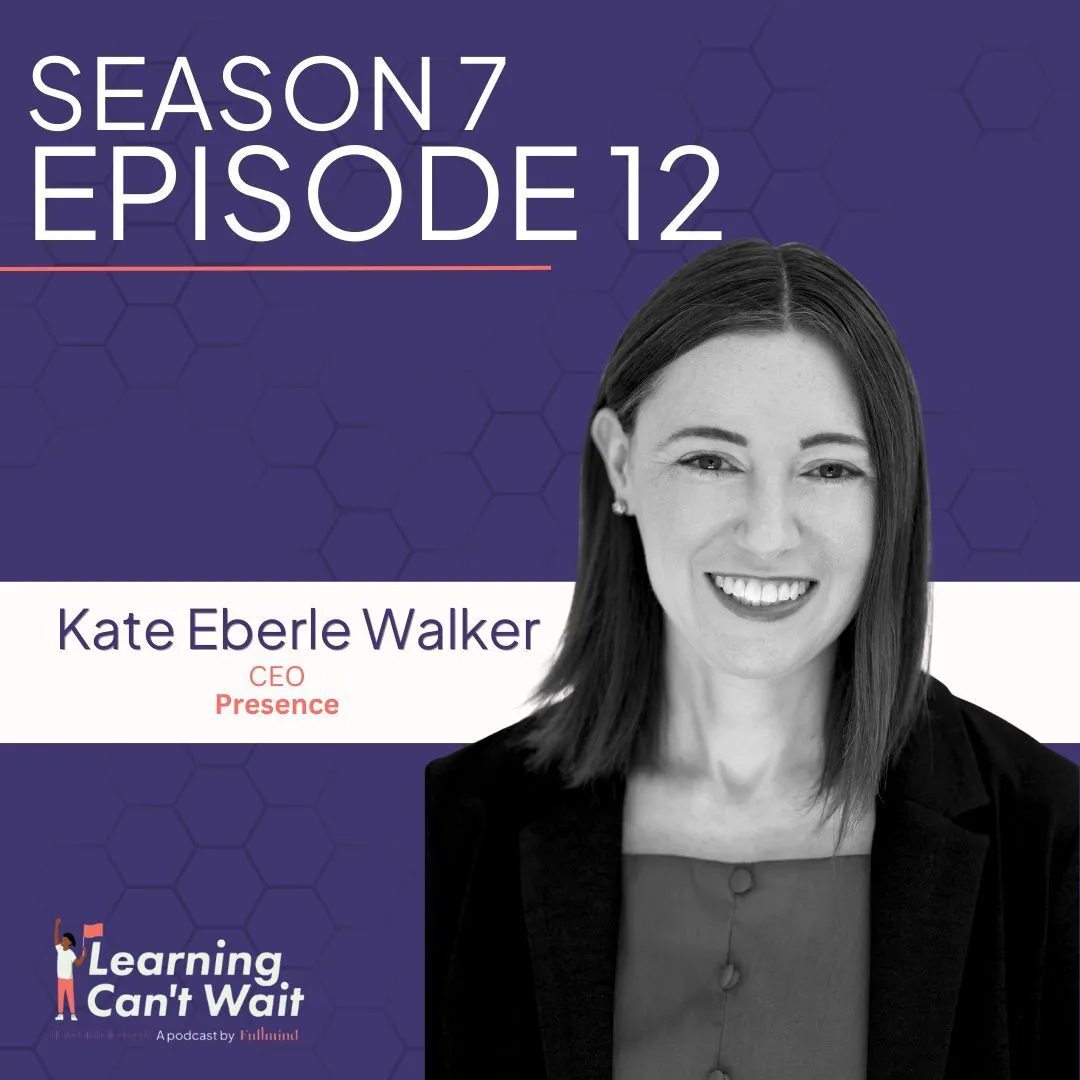
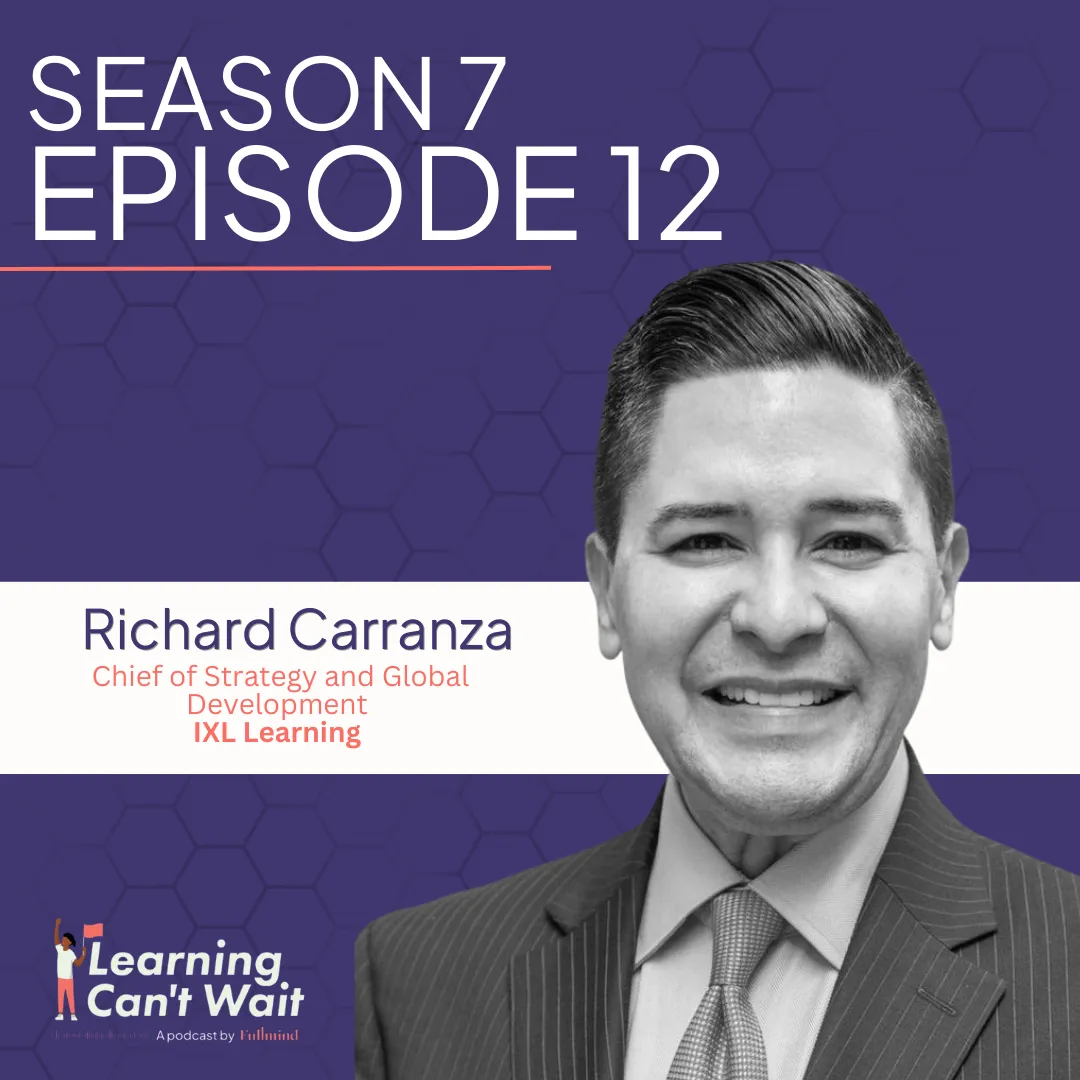
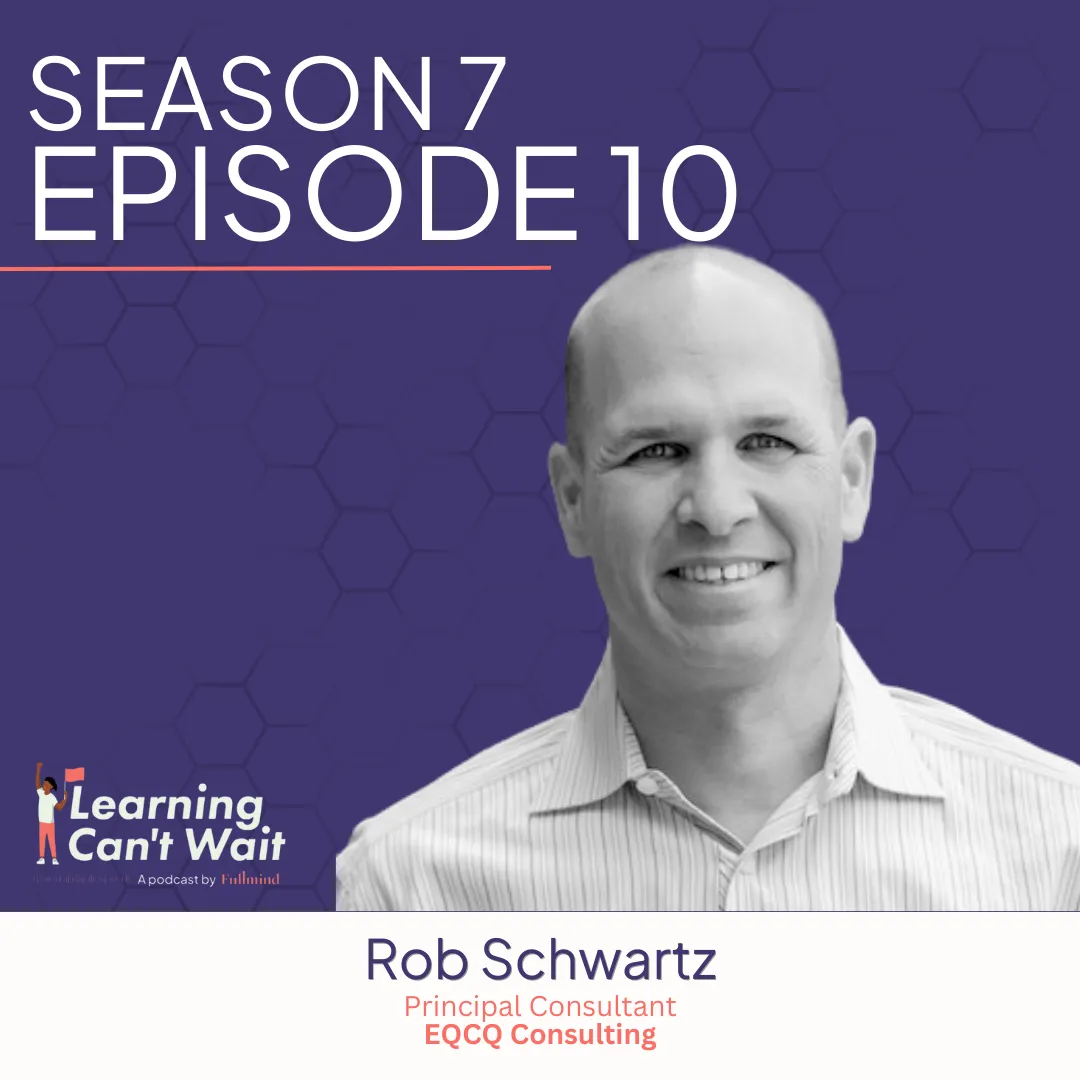
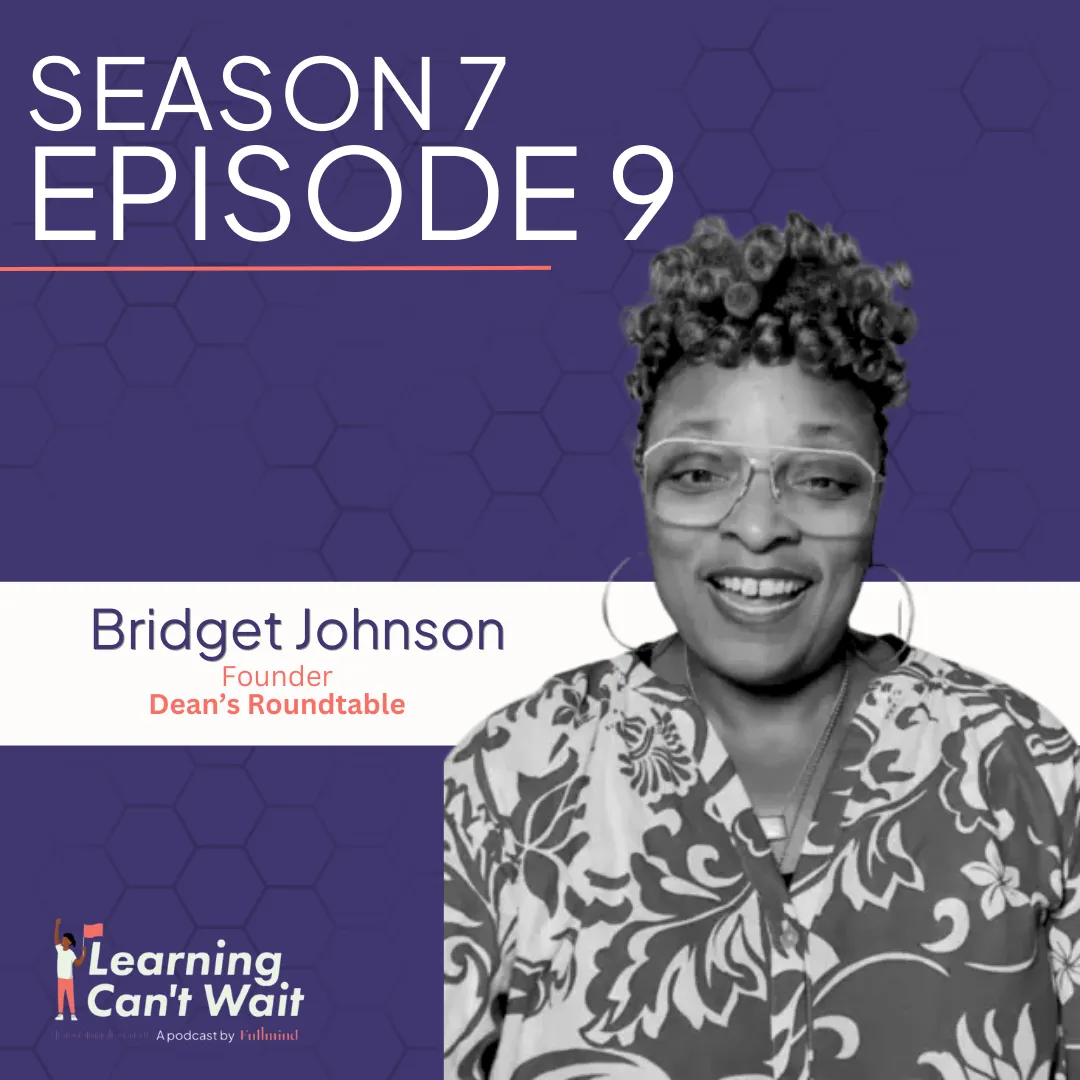





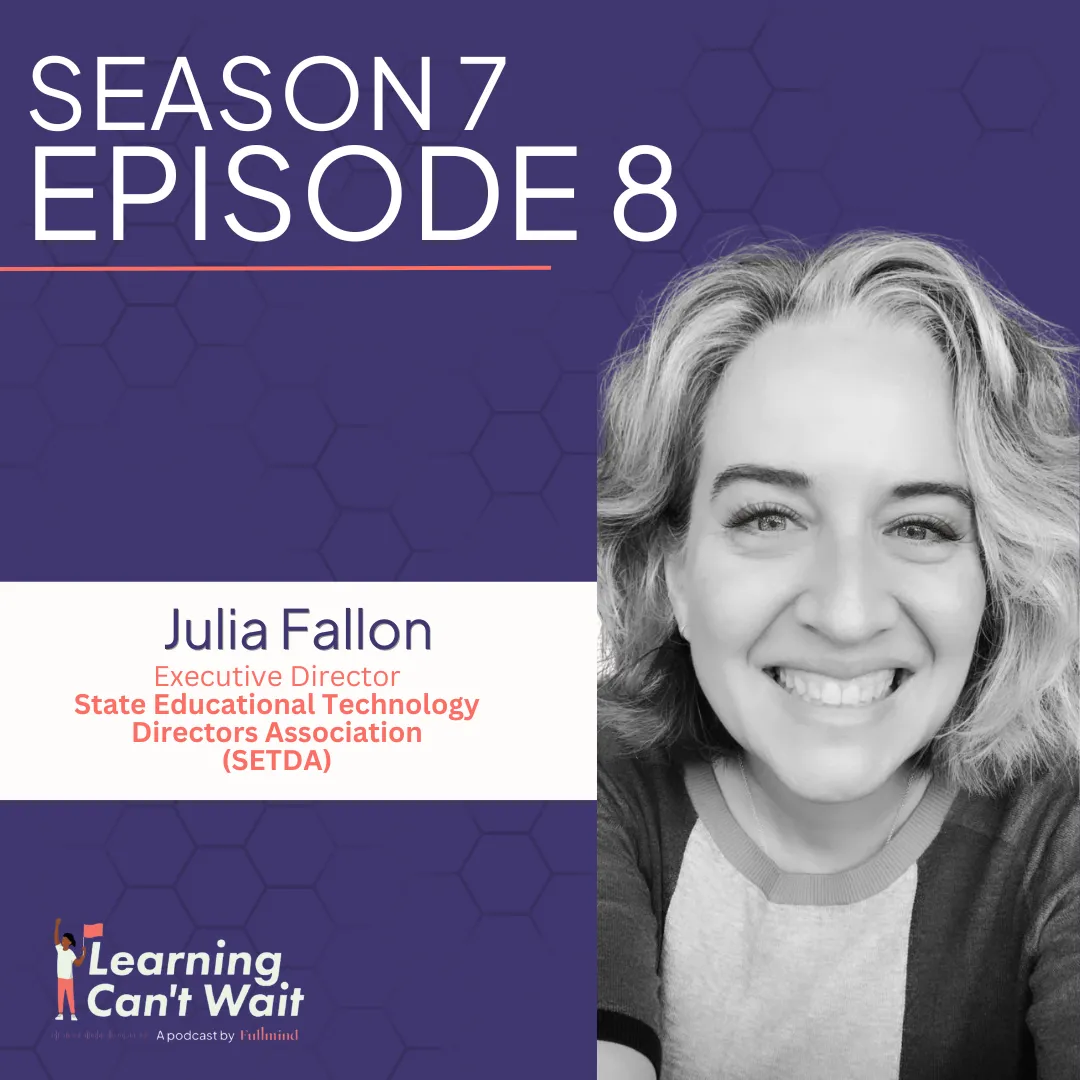






.webp)
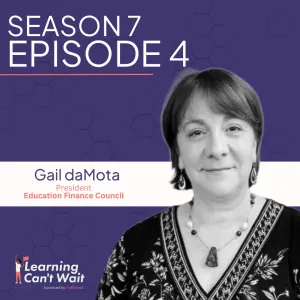
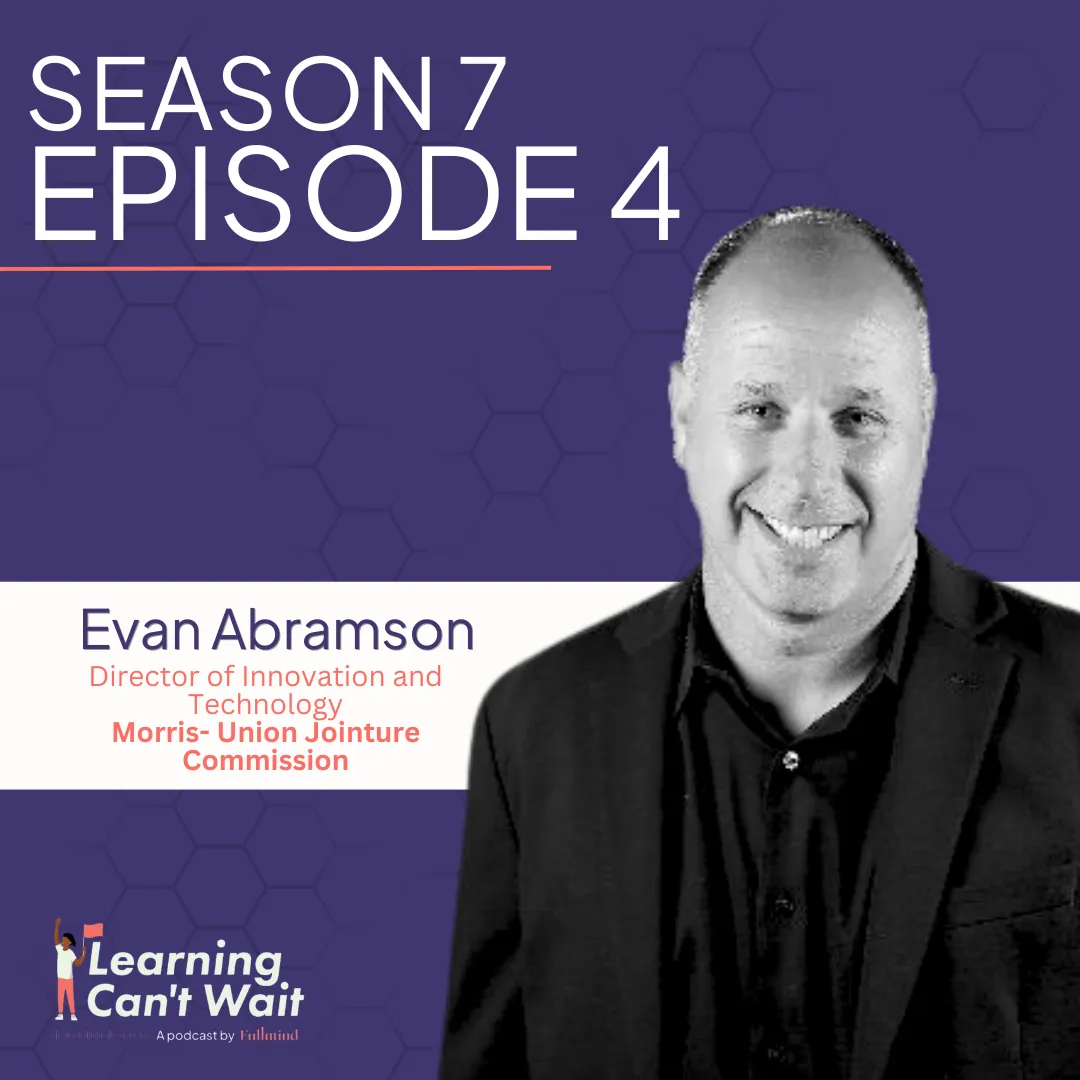
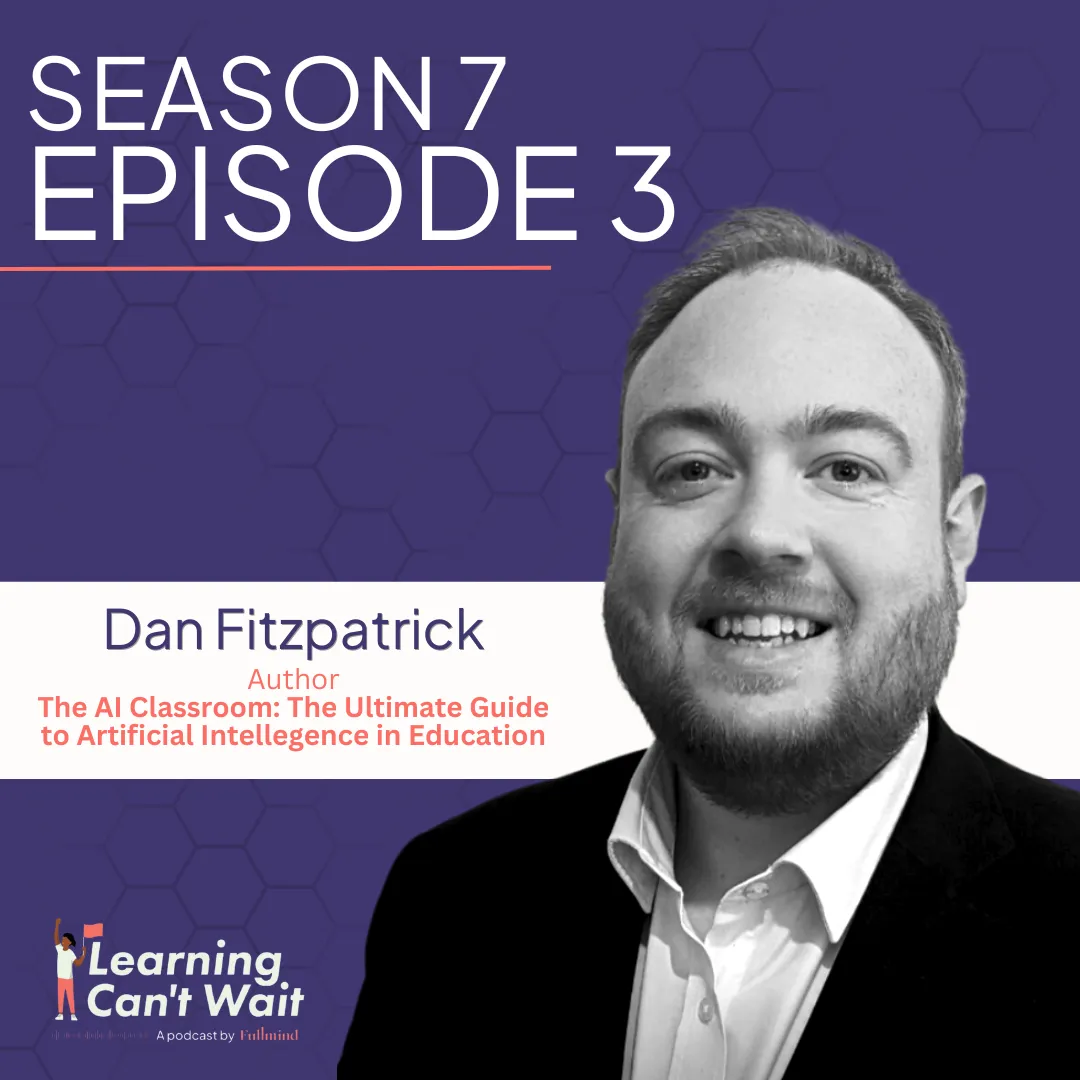
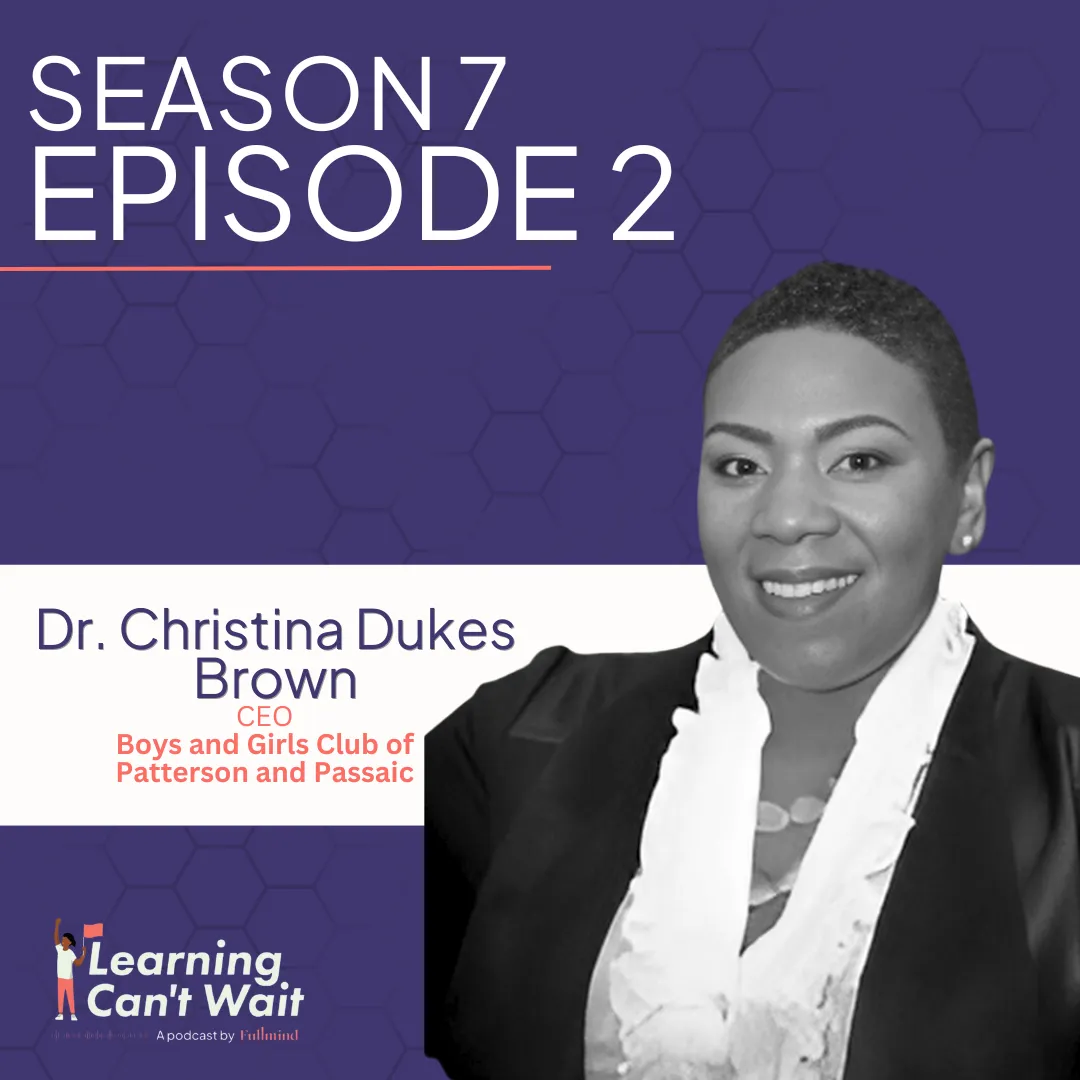
.webp)


.webp)


.webp)
